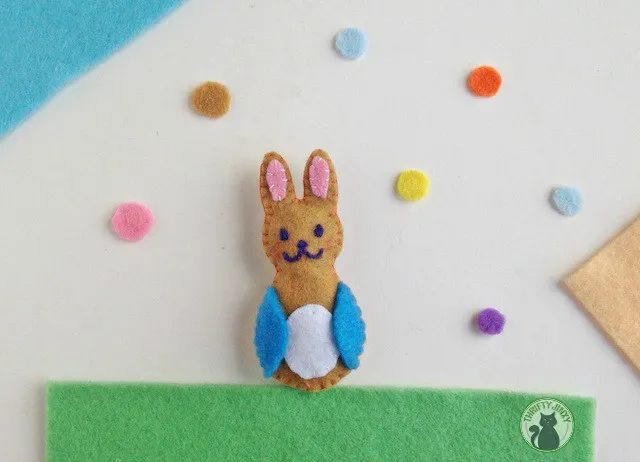1. Story Reading: Begin by reading the classic tale of Peter Rabbit by Beatrix Potter aloud to your students. Encourage them to follow along in their own copies of the book or display the pages on a screen.
2. Vocabulary Building: After reading the story, create a list of vocabulary words that are relevant to the story and have your students learn their meanings. Some examples may include burrow, lettuce, and mischief.
3. Character Analysis: Have your students discuss and analyze the various characters in Peter Rabbit, including Peter himself, his siblings, Mr. McGregor, and Mrs. Rabbit.
4. Creative Writing Prompt: Ask your students to write a new adventure for Peter Rabbit, either as a sequel or an alternate storyline.
5. Art Project: Have your students create illustrations for their favorite scenes from Peter Rabbit using colored pencils, crayons, or watercolor paints.
6. Puppet Show: Divide your class into small groups and provide materials for creating finger puppets of the characters. Then have them practice retelling the story of Peter Rabbit through a puppet show.
7. Gardening Activity: Teach your students about gardening by having them help grow some of the plants featured in Peter Rabbit’s adventures like carrots, lettuces, and radishes.
8. Nature Walk & Observation: Take your students on a nature walk around your school or nearby park to observe and discuss different types of plants and animals they see along the way.
9. Hopping Race: To get your students active and engaged in physical activity, organize a hopping race where they pretend to be rabbits while racing from one point to another.
10. Compare & Contrast: Introduce other rabbit-themed stories like “The Velveteen Rabbit” or “Winnie-the-Pooh” to compare and contrast with Peter Rabbit.
11. Map Making: Have your students create a map based on the story’s setting, including Mr. McGregor’s garden and Peter Rabbit’s home.
12. Costume Design: Invite your students to design and create costumes for their favorite characters from Peter Rabbit, using fabric, paper, or other materials.
13. Cooking Activity: Teach your students how to make a healthy rabbit-inspired snack, like carrot sticks with hummus or a lettuce wrap with fresh vegetables.
14. Dramatic Play: Have your students act out key scenes from Peter Rabbit, giving them the opportunity to take on different roles and practice their acting skills.
15. Story Discussion & Reflection: After completing all these activities, lead a group discussion with your students to reflect upon the lessons learned from Peter Rabbit. Encourage them to share their favorite moments from the book and activities—and how they can apply these lessons to their own lives.

